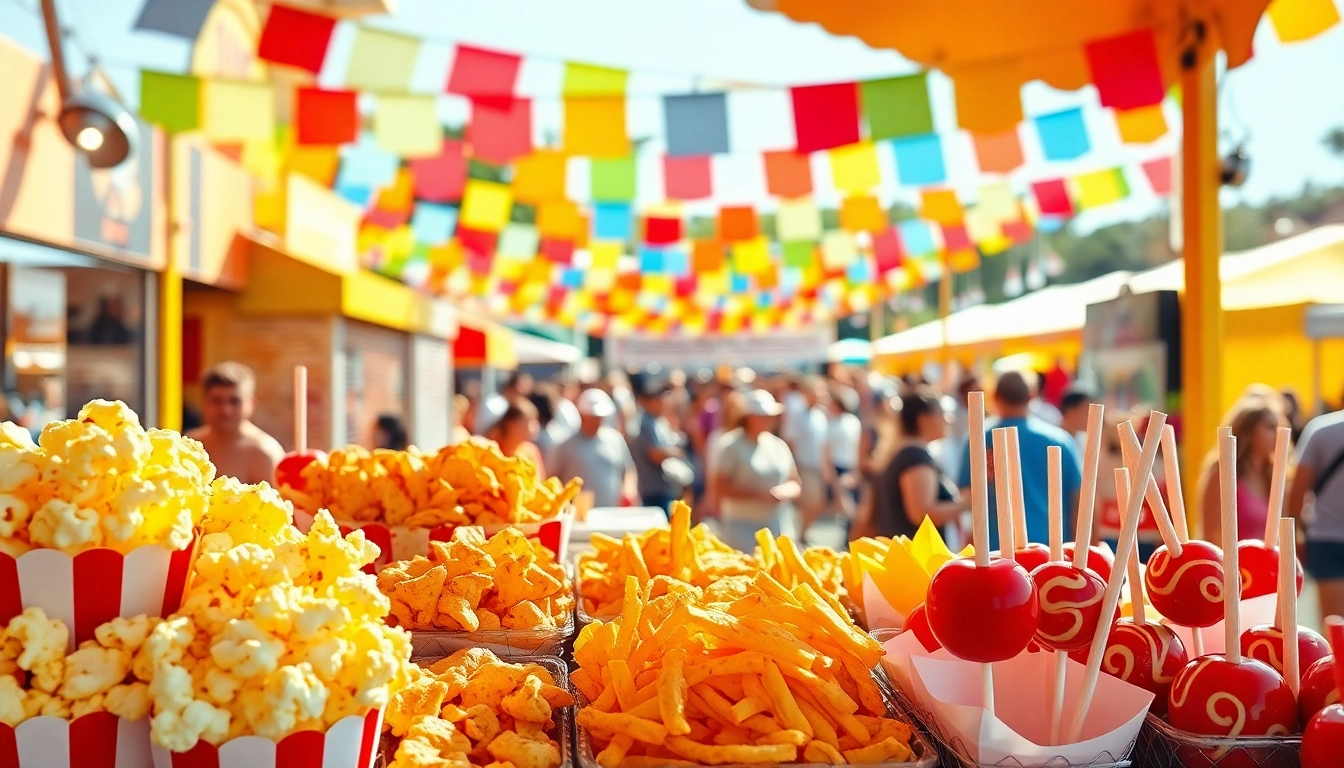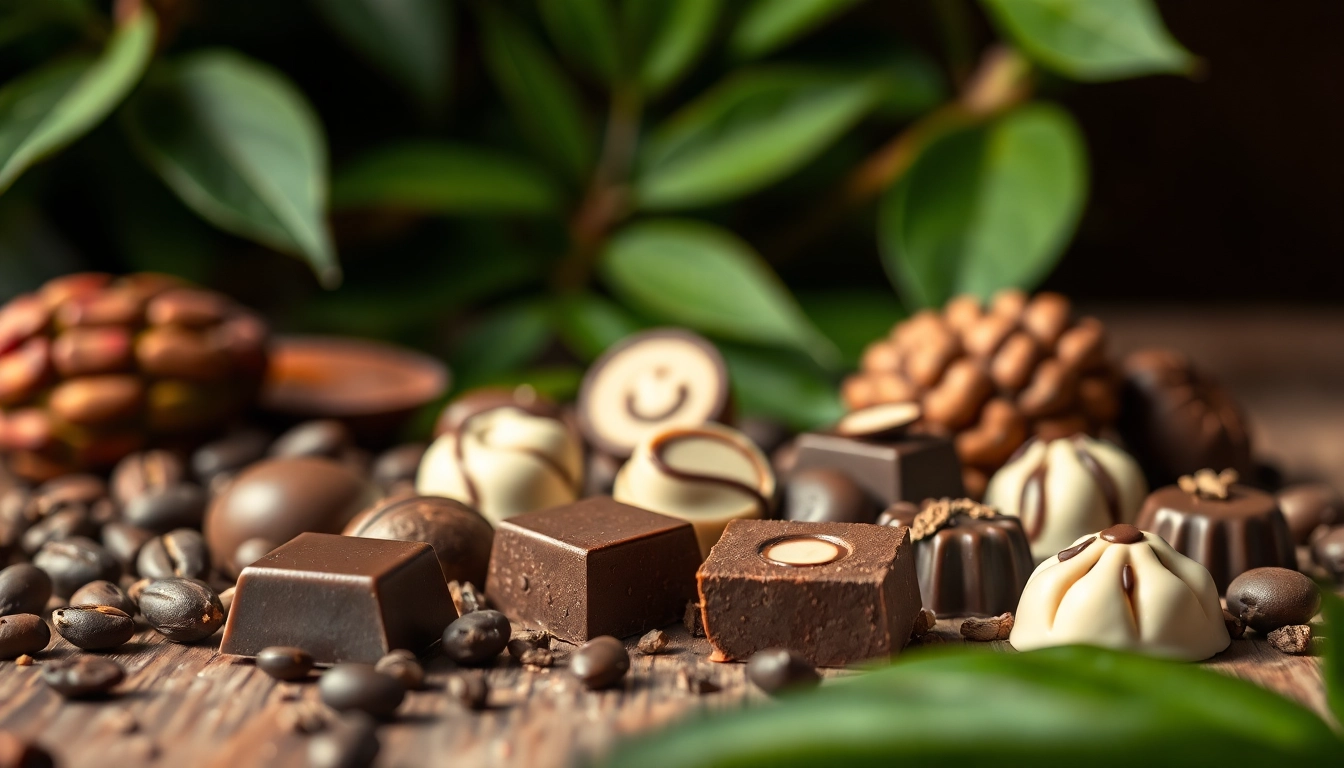Understanding Concessions Food
Whether at a bustling fair, a lively sports game, or a vibrant music festival, concessions food plays an integral role in enhancing the overall experience of attendees. It satisfies cravings for indulgent snacks while adding a festive atmosphere to various events. The popularity of concessions food has continued to grow, transforming simple gatherings into memorable occasions. This article will explore the many facets of concessions food, examining its nature, appeal, ingredients, popular types, and best practices for setting up a stand and marketing effectively. For more information about concessions food, read on.
What Constitutes Concessions Food?
Concessions food typically refers to a variety of affordable, easily consumable snacks and meals sold at events. This category encompasses both savory and sweet items, ranging from classic fare like hot dogs and popcorn to more inventive dishes that cater to diverse diets and tastes. The defining characteristic of concessions food is its convenience; it is designed to be eaten on the go, allowing patrons to enjoy their food while engaging in various activities at the event.
The Appeal of Concessions Food at Events
The unique allure of concessions food lies in its ability to evoke a sense of nostalgia and enjoyment. Many people associate concessions food with happy memories of childhood outings, family gatherings, and exciting adventures. The sights and smells of being around bustling food stands can stir feelings of excitement, making it a crucial element of the event experience. Additionally, the communal aspect of sharing tasty treats enhances social interactions among attendees, as food often serves as a conversation starter and a shared interest.
Common Ingredients and Preparation Techniques
Concessions food is typically prepared using simple, accessible ingredients that lend themselves well to mass production. Common ingredients include various types of bread, proteins (such as meat or plant-based alternatives), dairy, and a plethora of flavor enhancers like sauces, spices, or toppings. Popular preparation techniques consist of frying, grilling, and steaming, often relying on high-output equipment to serve large numbers of customers efficiently.
Popular Concessions Food Types
Classic Choices: Hot Dogs and Pretzels
Hot dogs and pretzels are perhaps the most iconic choices when it comes to concessions food. Hot dogs, with their customizable toppings ranging from mustard to sauerkraut, appeal to a wide audience and are easy to prepare. Pretzels, whether served hot and soft or crunchy and baked, provide a comforting snack that pairs well with mustard or cheese sauce. Both items are relatively inexpensive to produce yet yield significant profit margins, making them staples at large events.
Sweet Treats: Funnel Cakes and Cotton Candy
When it comes to satisfying a sweet tooth, funnel cakes and cotton candy reign supreme. Funnel cakes, made from a simple batter poured through a funnel into hot oil, create a crispy, golden treat that is often dusted with powdered sugar. Cotton candy, spun sugar that transforms into fluffy clouds of sweetness, captures the imagination of children and adults alike. These timeless treats are not just about taste; they are visual delights that add to the festive atmosphere of any event.
Unique Options: Vegan and Gourmet Concessions Food
As society evolves and dietary preferences diversify, so too does the world of concessions food. Vegan and gourmet options have emerged to cater to evolving consumer needs, offering plant-based hot dogs, gluten-free pretzels, and artisanal popcorn. These unique offerings not only satisfy specific dietary restrictions but also attract a more health-conscious clientele and food enthusiasts looking for something different. Incorporating these options into your menu can help set your concessions stand apart and broaden your customer base.
Setting Up a Concessions Food Stand
Choosing Your Location Wisely
Strategic placement is paramount when setting up a concessions food stand. Factors such as foot traffic, event layout, and visibility can significantly influence customer turnout. High-traffic areas near entrances, seating, or entertainment hubs often yield the best results. Research past event placements and consult with event organizers for insights on optimal locations.
Equipment Essentials for Serving
To run a successful concessions stand, having the right equipment is crucial. Essential items include cooking appliances (such as fryers or grills), serving counters, storage containers, and display units to showcase your offerings. Additionally, ensure you have proper utensils, cookware, and cooling machines to maintain food safety and quality. Investing in high-quality equipment can enhance efficiency and improve the overall customer experience.
Understanding Regulations and Permits
Before launching your concessions food business, familiarize yourself with local health regulations and permits required to operate. Health department regulations often dictate food handling, preparation, and safety protocols that must be maintained to ensure compliance. Local permits may also be necessary for operating at specific venues or events, so always check ahead and allow ample time to secure the required documentation.
Marketing Your Concessions Food
Creating an Attractive Menu
Your menu is often the first point of contact with potential customers, making its design a vital marketing tool. An effective menu should not only showcase your offerings but also entice attendees to purchase. Use mouthwatering descriptions, appealing visuals, and highlighted specials to draw attention. Additionally, consider incorporating bold colors and fonts to enhance readability and appeal. A well-structured menu can significantly influence consumer choices and increase sales.
Leveraging Social Media for Promotion
In today’s digital age, social media marketing is essential for promoting your concessions food stand. Platforms like Instagram and Facebook enable you to showcase your dishes through enticing images and engaging posts. Share behind-the-scenes content, special offers, and customer testimonials to foster interest and encourage followers to visit your stand. Engaging with local event hashtags can also improve your reach and discoverability among event attendees.
Building Community Engagement and Loyalty
Creating a sense of community around your concessions stand can enhance customer loyalty and repeat business. Consider hosting contests, offering loyalty programs, or participating in local events to engage with the community. Building relationships with customers fosters a sense of belonging, encouraging them to return and recommend your offerings to others. Strive to make your stand a local favorite through consistent quality and exceptional service.
Evaluating Success in Concessions Food
Measuring Sales and Customer Feedback
Understanding the performance of your concessions food stand is critical for continuous improvement and growth. Monitor sales figures regularly to gain insights into which items are most popular and which may need reevaluation. Additionally, cultivate customer feedback through surveys or direct conversations. This input can help identify areas for improvement, new ideas for your menu, and optimal serving techniques.
Adjusting Menu Offerings Based on Trends
Staying attuned to food trends can give your concessions food stand a competitive edge. As consumer preferences evolve, being flexible with your menu offerings can keep your stand relevant and appealing. Periodically introducing limited-time offerings or seasonal specials can also create excitement and encourage customers to return in search of new experiences.
Long-Term Strategies for Growth
To ensure the longevity of your concessions food stand, develop a comprehensive growth strategy that focuses on customer retention, exploring new markets, and expanding your offerings. Networking within the community, partnering with other local businesses, and consistently enhancing your menu can pave the way for ongoing success. Consider attending workshops or seminars on food industry trends to stay informed and foster innovation within your business.


